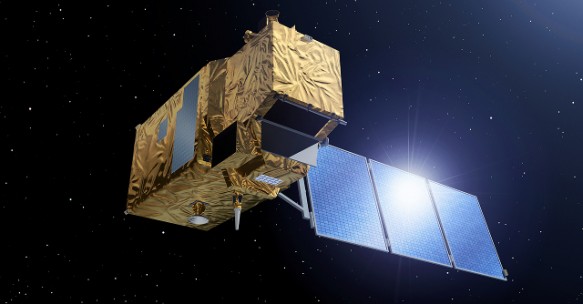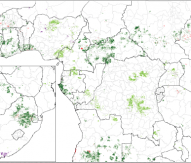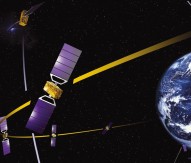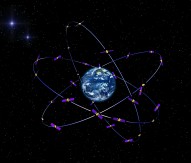
Countdown to the launch of the first Copernicus satellite
European Commission Vice-President Antonio Tajani has announced the launch of Sentinel-1A, the first satellite of the EU Copernicus Programme that will fly in outer space.
The launch is due to take place in April or May 2014 on a SOYUZ rocket from Europe’s Spaceport in French Guiana. It will provide continuous, systematic, highly reliable radar imaging of the Earth. By using microwave frequencies, the satellite can see through clouds and storms, acquiring imagery regardless of the weather.
It will monitor sea ice and the Arctic environment, survey marine oil spills, and detect ships in coastal zones for maritime security. It will also spur the growth of the observation service industry, contribute to climate monitoring, and provide support in emergency and crisis situations.
The benefits of an operational Copernicus programme through to 2030 are estimated at €30bn. The estimated downstream market potential turnover attributable to Copernicus is expected to be €1.8bn by 2030.
Sentinel-1A is a product of co-operation between several partners. As with all the Sentinels, it is the European Space Agency who has developed it, including its design and procurement. The first Copernicus mission, Sentinel-1, is composed of two polar-orbiting satellites known as Sentinel-1A and Sentinel-1B. Sentinel-1B is expected to launch in late 2015.






